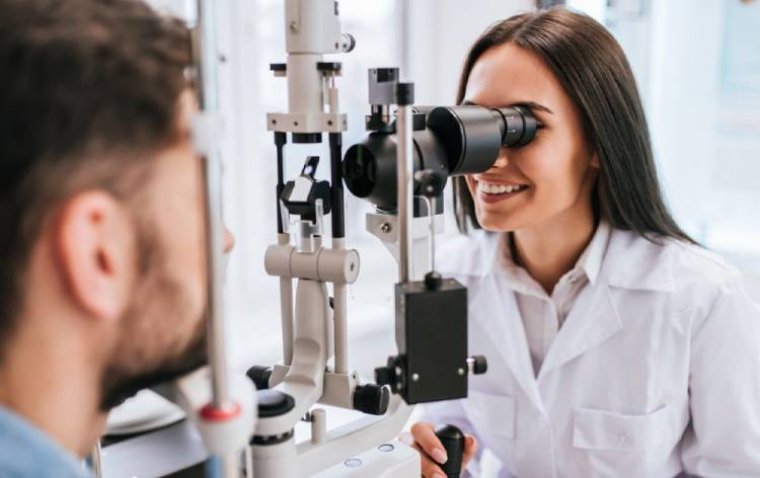
EyeCRO Announces Promising Clinical Data for MiDROPS Technology
EyeCRO recently announced the results from the inaugural clinical application of its MiDROPS (Microemulsion Drug Ocular Penetration System) technology, presented by Telios Pharma at the Association for Research in Vision and Ophthalmology (ARVO) meeting held in Seattle, WA.
The presentation, titled "TL-925, a First-in-Class, Topical, Bruton’s Tyrosine Kinase Inhibitor in Subjects with Moderate to Severe Dry Eye Disease" (Poster 2965 – A0124), illustrated the platform's ability to effectively formulate and administer lipophilic molecules through topical eye drops. This marks a significant step forward in the potential to transform eye care.
Phase 2 Study Results: Safety and Efficacy of TL-925
The phase 2 proof-of-concept study assessed the impact of 0.1% TL-925 compared to a placebo vehicle, administered twice daily to 107 patients with moderate to severe dry eye disease (DED) over a span of 28 days. The results confirmed that both TL-925 and the MiDROPS vehicle were safe and well-tolerated. The mean drop comfort score stood at 2.6 (on a scale of 0-10) for both the treatment and vehicle in the study, with the primary treatment-emergent adverse event being low-grade (grade 1) instillation site irritation. These findings underscore the safety and tolerability of the MiDROPS technology.
Breakthrough in Understanding Dry Eye Disease Pathophysiology
This study is pivotal as it is the first to establish a connection between Bruton’s tyrosine kinase (BTK) and the pathophysiology of DED. TL-925 showed clinically meaningful and statistically significant efficacy (intention-to-treat, N=107) in various signs of DED. This includes improvements in central and total corneal fluorescein staining (P=0.01 and P=0.034, respectively), as well as symptoms such as pain, dryness, and burning (P=0.014, P=0.026, and P=0.034, respectively) according to the Visual Analog Scale and OD4SQ metrics.
MiDROPS leverages a novel approach with its single-phase microemulsions, integrating surfactant levels higher than those previously utilized in ophthalmic treatments.
Rafal Farjo, PhD, CEO of EyeCRO, expressed enthusiasm about the results, stating, “We are elated to establish this important clinical proof-of-concept for MiDROPS as an eye drop vehicle. The data fundamentally demonstrate that these ordered formulations can be safely applied and confer therapeutic activity. We are excited for the potential of this platform technology to revolutionize the way ophthalmic drugs are formulated and delivered via eyedrops to tissues of both the anterior and posterior segment.”
About Dry Eye Disease
Dry Eye Disease (DED), also known as keratoconjunctivitis sicca, is a common ocular disorder characterized by a deficiency in the quantity or quality of tears or increased tear evaporation, which leads to inflammation and damage to the eye's surface. This condition is prevalent worldwide and can significantly affect a person's quality of life by causing symptoms like persistent dryness, irritation, redness, blurred vision, and a gritty sensation, often described as feeling like sand in the eyes.
The pathophysiology of DED is complex, involving various factors including age, hormonal changes, autoimmune diseases, environmental conditions like low humidity and wind, and prolonged use of digital screens. Management and treatment of DED aim to restore the natural tear balance and can include the use of artificial tears, anti-inflammatory drugs, tear-stimulating drugs, and lifestyle modifications to reduce exposure to exacerbating factors. Recent advancements in treatment strategies, including targeted therapies like Bruton's tyrosine kinase inhibitors, offer new hope for more effective management of moderate to severe cases of this distressing condition.
(1).jpg)










